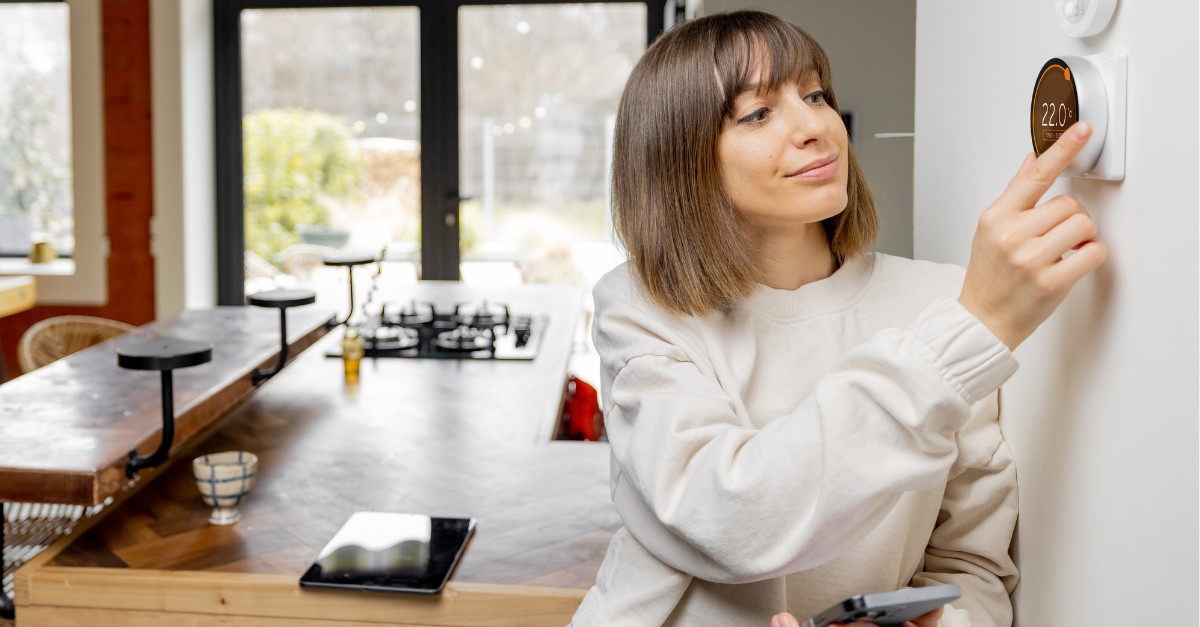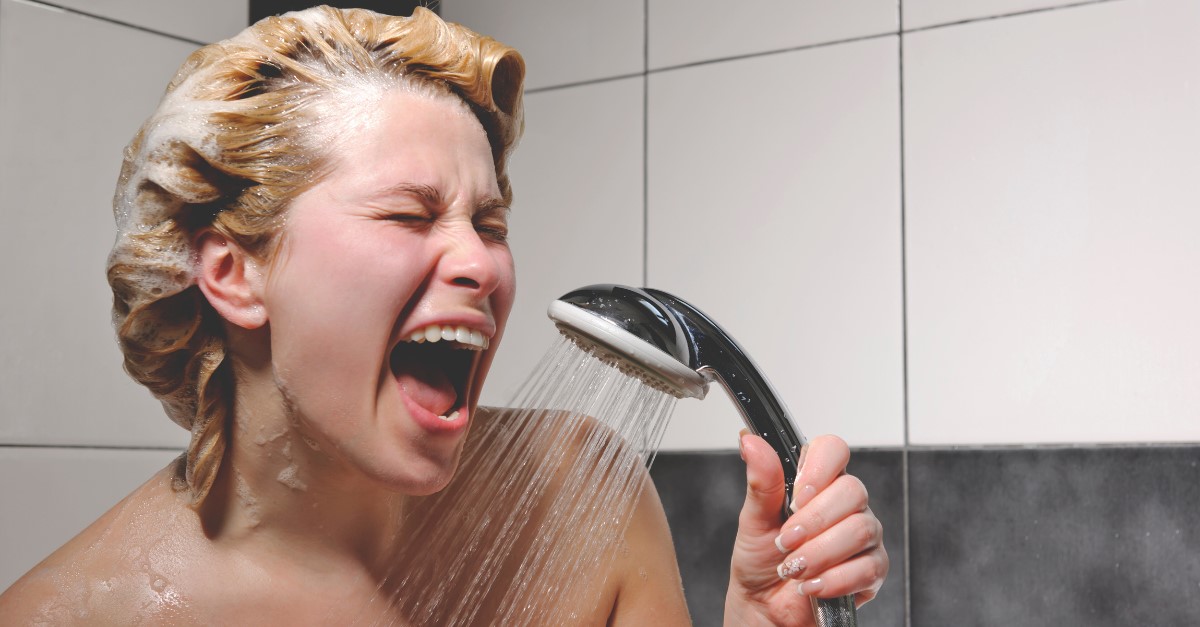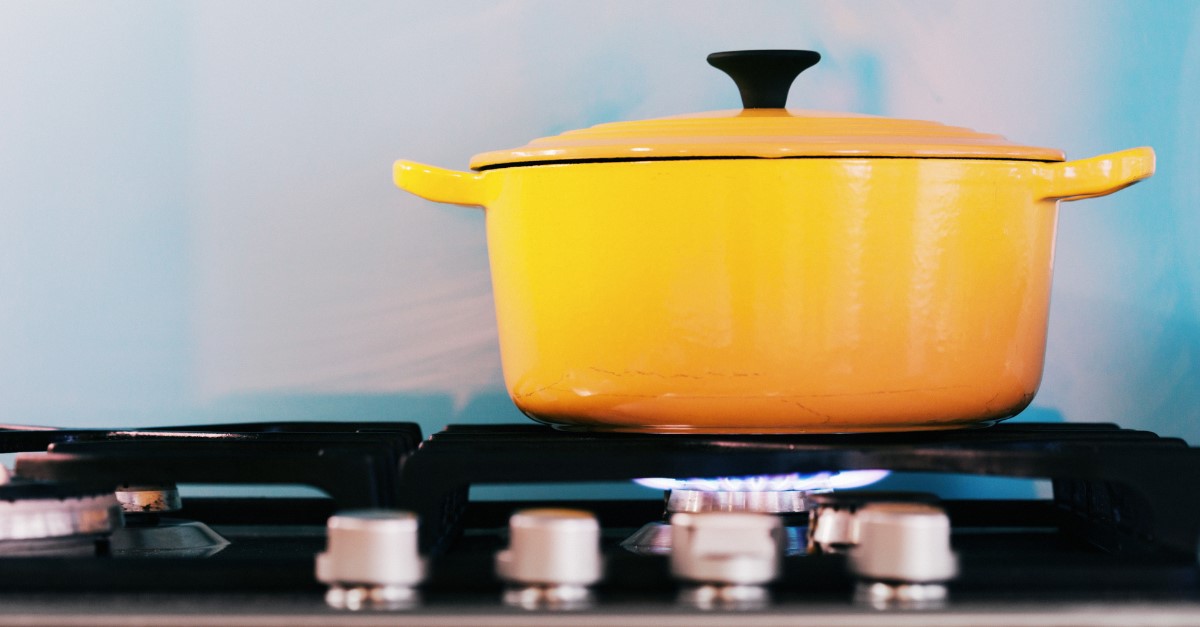Rising living costs across Australia, from groceries to mortgages are making it more important than ever for households to manage their energy use effectively. With energy prices under pressure, reducing your gas bill can feel like a daunting task. The good news? You don't need to compromise on comfort to make a difference. Small, practical changes in how you use gas at home can add up to meaningful savings.
At Australian Gas Networks (AGN), we distribute gas safely and reliably to homes and businesses across Australia. While we don't set your retail gas prices, we are committed to helping households make informed choices about their energy use.
- Control the Heat: Set your heating to 18–20 °C and keep showers short (4 mins).
- Review & Compare: Check energy plans yearly using Energy Made Easy or Victorian Energy Compare and upgrade old appliances.
- Watch the Impact: Every degree above 20 °C on your heater can add up to 10% more gas use according to Energy.gov.au.
- Claim Rebates: Look for state-based SA, QLD and NSW rebates offers on efficient appliances. Terms and Conditions apply.
1. Compare Retailer Offers
We don't set your gas prices - your retailer does, so it's important to consider reviewing your energy plan once a year.
- Review your plan at least once a year
- Use government comparison tools:
Since 2023, retailers must include a "best offer" message on your bill if you're not already on their most cost-effective plan. Look out for this to avoid overpaying.
2. Monitor and Understand Your Usage
Knowing how much gas you use is the first step to reducing it. Most energy retailers offer online portals where you can track your gas usage by billing cycle.
- Review your "average daily usage" for insights
- Compare usage for the same period in previous years
- Use this information to identify seasonal trends or unexpected spikes

3. Set Thermostats Wisely
Heating accounts for a significant portion of household gas use. Setting your thermostat between 18–20°C in living areas is recommended by Energy.gov.au as a comfortable and energy-efficient range.
- Each degree above 20°C can increase gas use by up to 10% (Energy.gov)
- Lowering your thermostat even slightly can yield consistent savings
4. Seal Draughts and Insulate
Heat loss through poorly sealed doors and windows can increase your reliance on heating.
- Use weather stripping, door snakes, and heavy curtains
- Rugs on bare floors help insulate living areas
- Ensure roof and wall insulation is intact and effective
These passive measures can reduce heat loss and help maintain comfort.
5. Maintain Appliances for Optimal Efficiency
Appliances that are regularly serviced and well-maintained work more efficiently.
- Clean filters in heaters and hot water systems
- Check for leaks or blockages
- Book regular servicing with a licensed fitter (Find one here)

6. Shorten Shower Times
Heating water is one of the biggest users of household gas.
- Aim for 4-minute showers
- Use a timer or this fun Spotify playlist
7. Use Zoned Heating Where Possible
Why heat rooms you're not using?
- Close doors to unused areas
- Use zoned settings on ducted systems
- Portable gas heaters should be used safely and only in occupied spaces
Strategic zoning can help reduce overall consumption without discomfort.
8. Upgrade to More Efficient Appliances
If your gas appliances are more than 10–15 years old, they could be using more energy than necessary.
- Check the star rating system for energy efficiency
- Newer models often have lower running costs
- Compare long-term savings with Energy Made Easy
- The size and layout of your home
- The quality of your insulation
- The efficiency and age of your existing appliances
Rebate Opportunities
Households on AGN networks in South Australia, Queensland, and New South Wales may be eligible for rebates when upgrading to approved gas appliances. These incentives can assist with offsetting initial purchase and installation costs. View current rebates available.
Please note: In Victoria, rebates are not currently offered and from March 2027 restrictions will apply to the replacement of residential gas hot water systems.
Evaluating these elements will help you make the most informed decisions about potential upgrades.
9. Use Timers and Programmable Thermostats
Smart usage of your heating system can reduce waste.
- Set heating to switch off 15 minutes before bed or leaving home
- Program heating to warm rooms just before you wake or arrive home
- Avoid heating overnight unless medically necessary
These simple routines save energy with no loss of comfort.

10. Cook Smart with Gas
Efficient cooking habits can help reduce gas use in the kitchen:
- Always use lids on pots and match burner size to cookware
- Turn off the burner slightly early and use residual heat
- Try passive cooking: bring food to a boil, cover, then switch off heat and let it finish cooking (e.g. pasta)
Small changes in cooking habits can lead to noticeable savings over time.
Conclusion
Managing your gas bill doesn’t require sacrifice, just smarter usage. By:
- Monitoring your consumption
- Optimising your heating habits
- Maintaining appliances and making everyday adjustments, you can stay comfortable while keeping your energy costs in check.
Take action today: check your latest gas bill, evaluate your thermostat settings, and explore your retailer's online portal for insights. These small steps can lead to real, lasting savings.
References
- Energy.gov.au – Household Heating Tips and Appliance Maintenance
- Australian Gas Networks – Find a Gas Appliance Fitter and Understanding Your Gas Bill
- Energy Made Easy – Compare Energy Plans
- Victorian Energy Compare – Compare Victorian Energy Offers
Disclaimer: This article provides general advice only and is not intended as professional or financial advice. Always consult a licensed professional for guidance tailored to your individual circumstances. Information was accurate at the time of publication (July 2025).
All figures quoted in this article were correct at the time of publishing (July2025).

